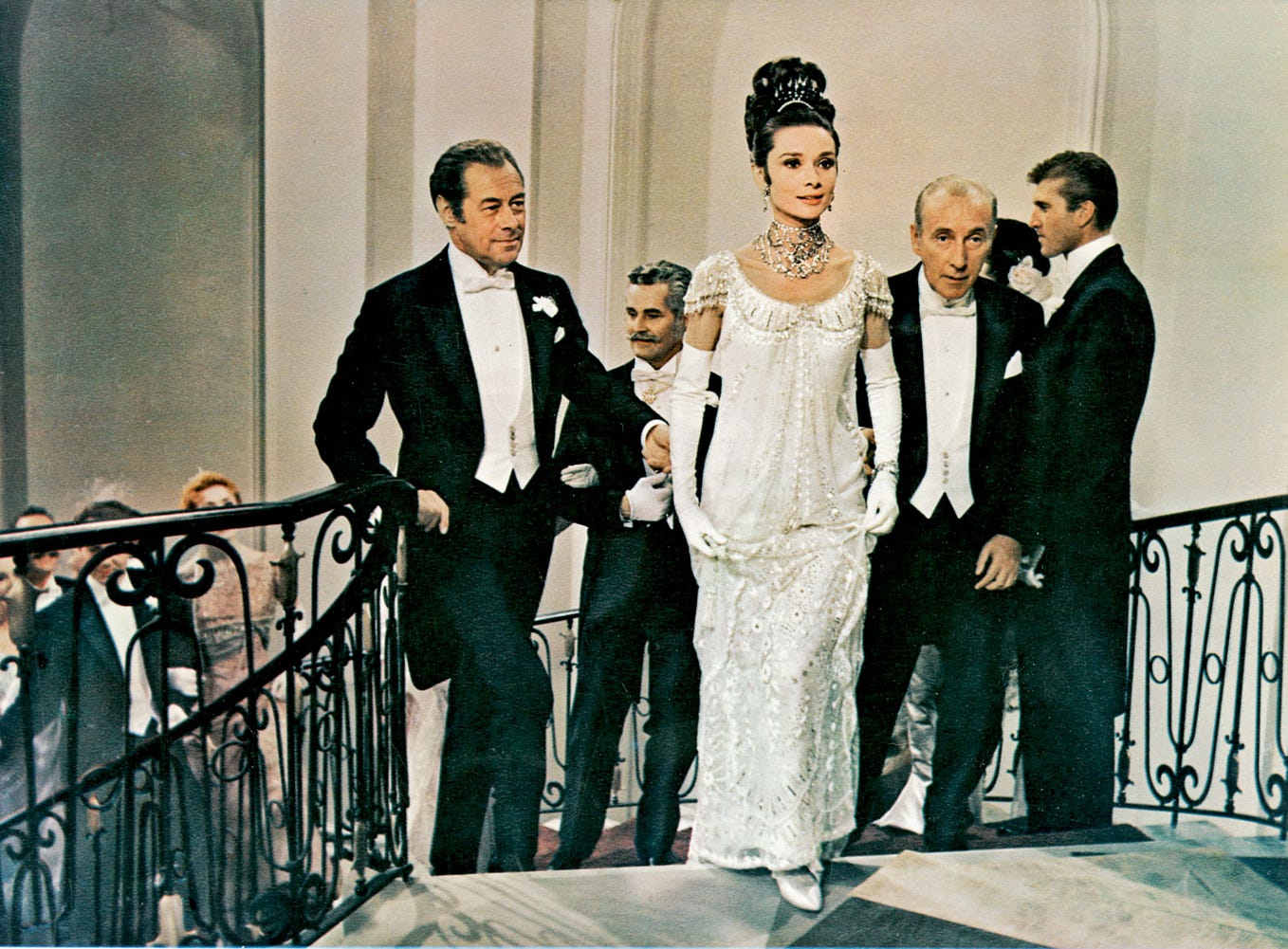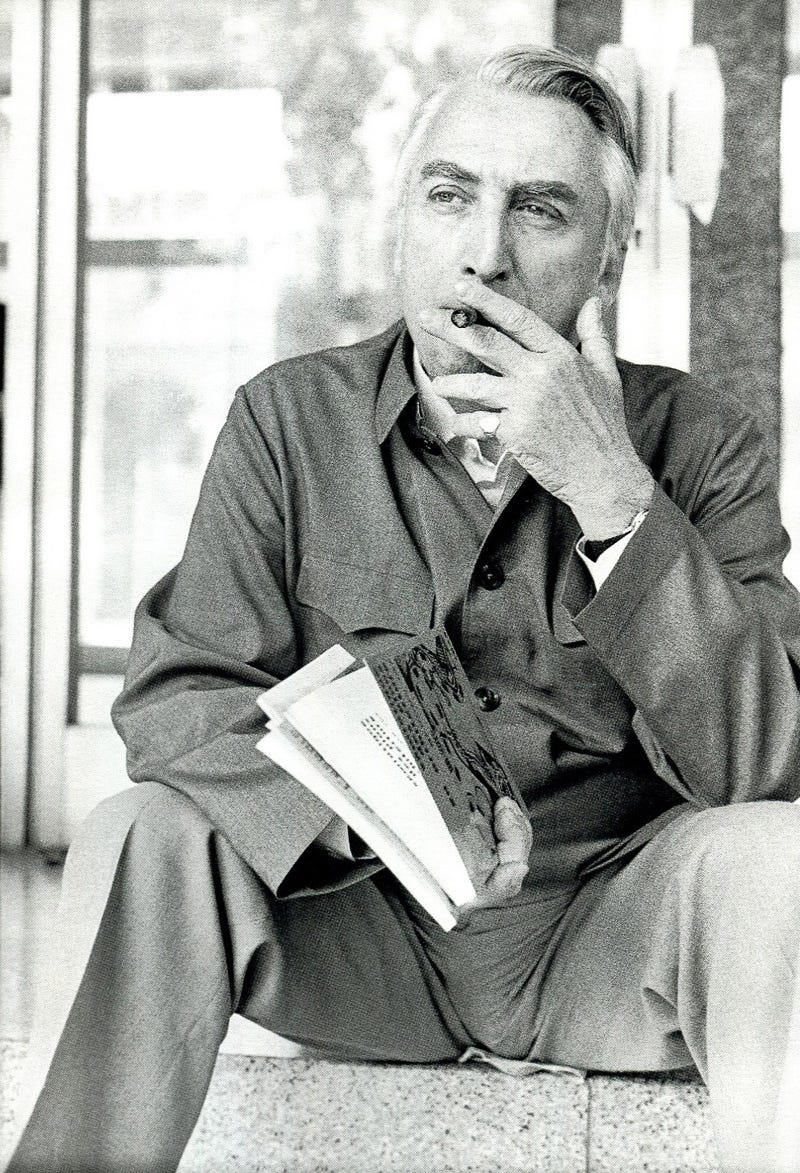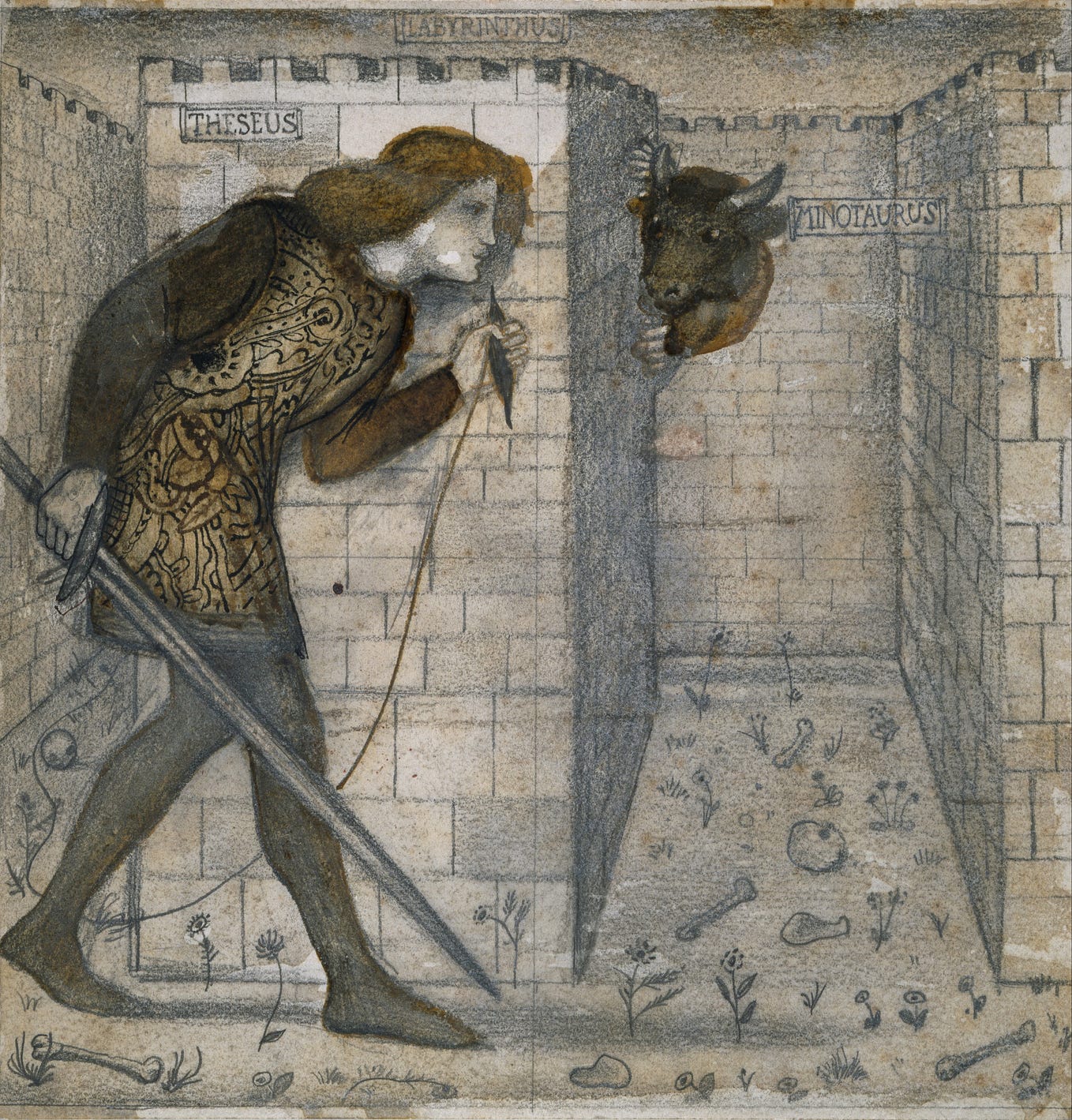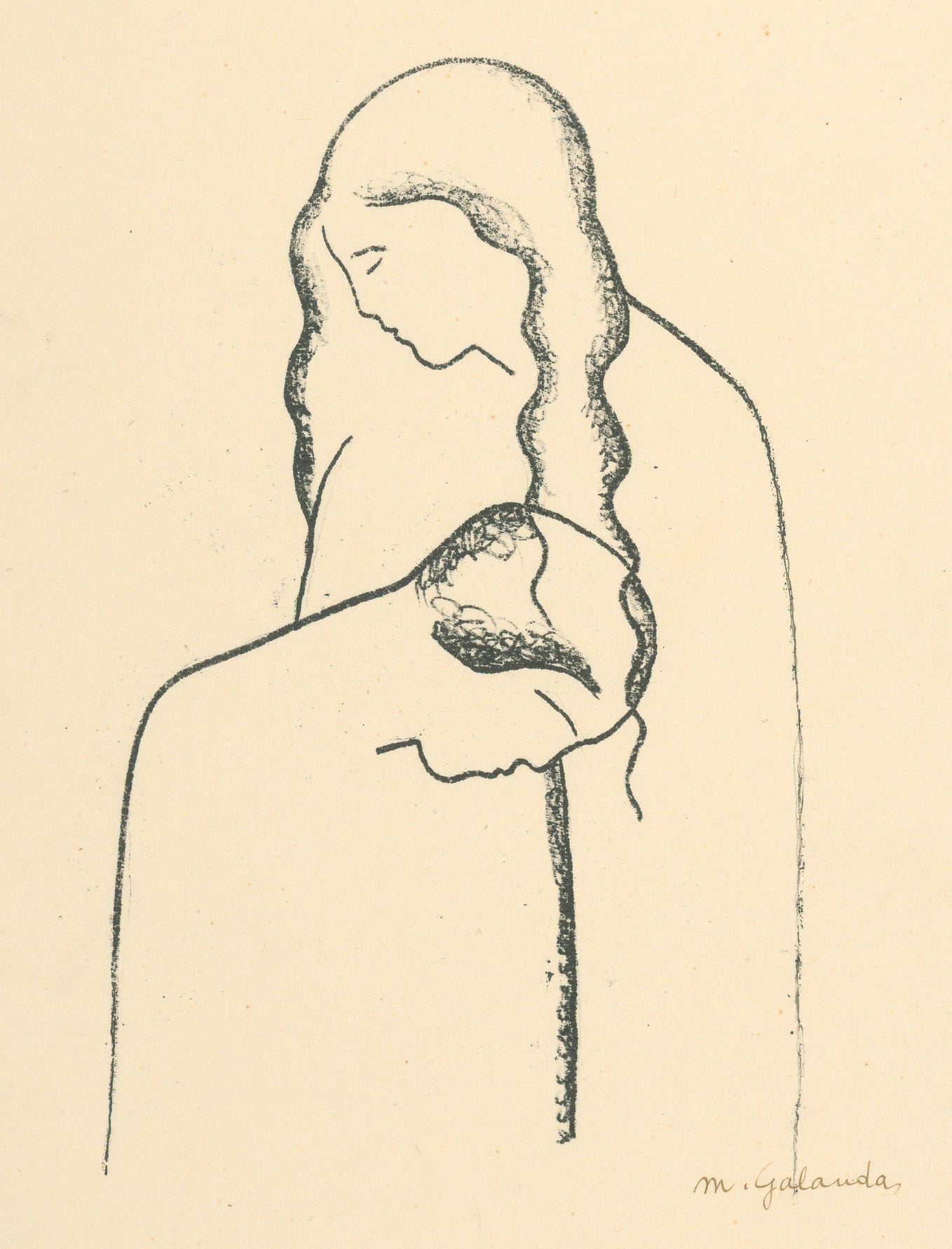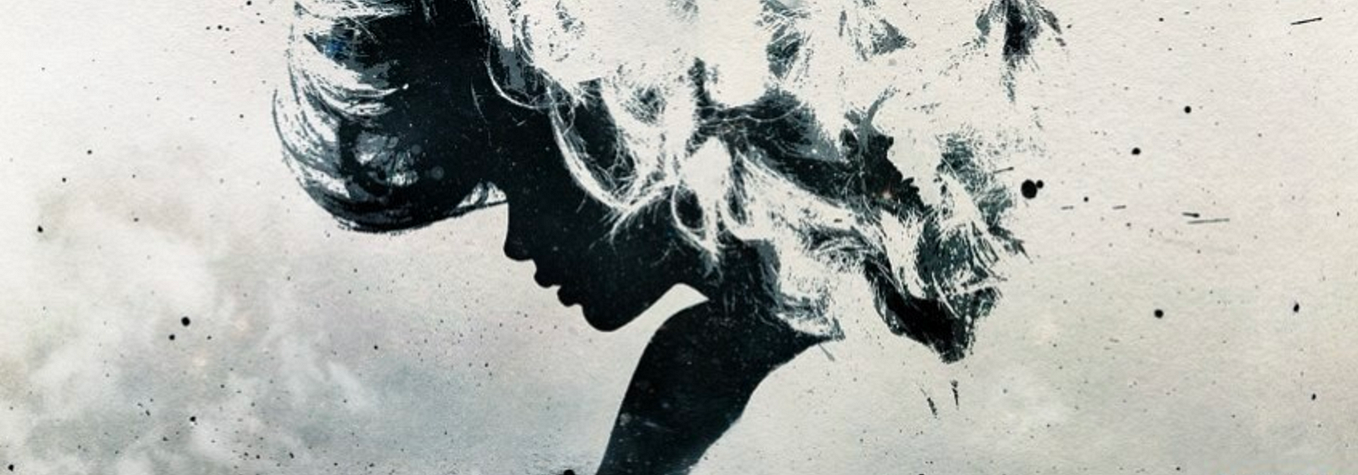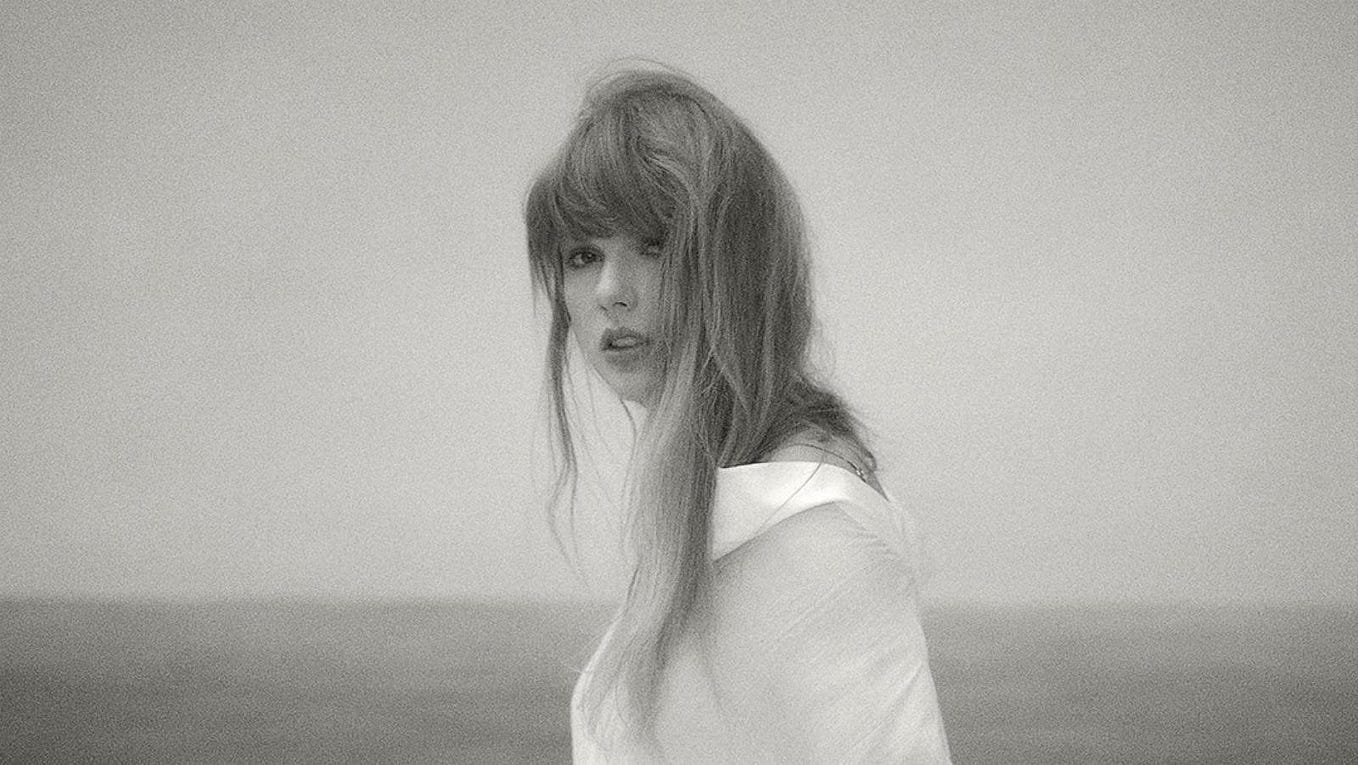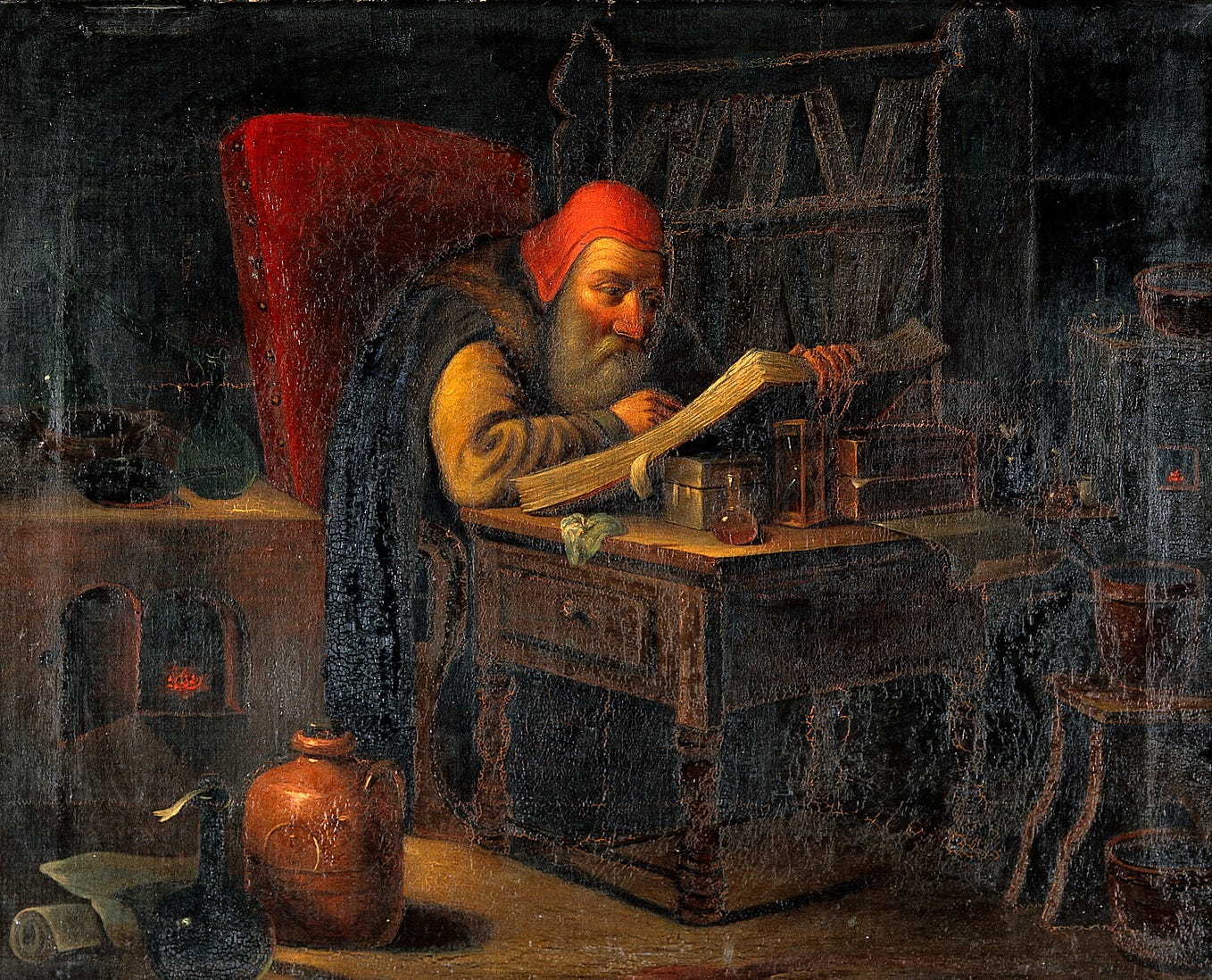The Tears of Big Eyes
Spivak’s Representation and the Work of Margaret Keane in the Dialectical Reversal of Otherness
The story of the painter Margaret Keane and her portraits of children with oversized eyes, called ‘Big Eyes’ exemplifies the paradox of the Dialectical Reversal of Otherness (DRO) as it relates to Feminism. Despite the feminist value in Keane’s artwork, it was not evaluated in the context of the Feminist Art Movement and was disparaged and belittled as ‘Kitsch’. Gayatri Chakravorty Spivak’s idea of the dual meanings of representation is helpful in understanding Keane’s artwork and the concept of DRO. Because Margaret Keane gave up the role of “representing” (speaking for) her art to Walter Keane and he described the art with his own ideas, there was a disconnect created between the representation and the art, and this disconnect is one of the reasons the art ended up being called ‘Kitsch’.
Spivak on Representation & Feminism
Gayatri Chakravorty Spivak asked this important question that has implications for the Dialectical Reversal of Otherness: “Can the subaltern speak?” (28–37) Spivak defines subaltern is “a person without lines of social mobility” (28). This term covers the oppressed groups in society such as colonized people or women whose voice might not be heard due to their marginal position. During the post-colonial era, those in power, like western intellectuals, began to discuss less powerful groups and attempted to speak for subalterns. Spivak points out, however, that there exists a discontinuity between the two groups — the Western intellectuals and the oppressed group — so this attempt to speak for the subalterns, an attempt at “representation” as discussed below, eventually results those intellectuals speaking for themselves rather than the subalterns. As a result, the chance to deliver the voice of subaltern to the society is lost — the subaltern cannot speak.
Spivak’s concern is an example of the paradox known as the Dialectical Reversal of Otherness. No matter how hard the agent, the person that speaks for the oppressed subject, tries to include the subject in the discourse, the agent’s voice and gaze may paradoxically exclude the subject due to the fundamental ambiguity of otherness. In other words, since the concept of ‘otherness’ contains ambiguity when being defined in relation to ‘us’ or the speaker, the discourse about otherness can create unintended disrespect to the subject. Spivak contends that this problem stems from the circumstance when the two different meanings of the word ‘representation’ do not run together: “representation as ‘speaking for,’ as in politics, and representation as ‘re-presentation,’ as in art or philosophy” (28).
Feminism is a good example of the concepts of ‘representation’ and ‘re-presentation’ transition from being separate to running together. It was an emancipation — women who used to remain on the margin of society decided to no longer remain as the subaltern and started to speak with their own voice. In particular, the feminist art movement in the 1960s and the 1970s was a celebration. As the American cultural historian Janet Woolf described, “there is no ‘correct’ feminist aesthetic” (qtd. in Chadwick 379). This period saw diversity pursued as a way of expressing women’s experiences through art. Feminist artists began to express a broad range of feminist thoughts in their art, ranging from political inequality to the re-evaluation of femininity, and their art started to take center stage in the art world.
Analysis of the Art of Margaret Keane
The paintings of Margaret Keane are often called ‘Big Eyes’ because most of her works depicts children with oversized eyes. Her paintings were first exhibited in 1955 and soon earned significant public attention as part of the boom of popular art and the commercialization of fine art in the 1960s. However it was not until 1970 that the world knew that the paintings were created by Margaret Keane. Previously, her husband, Walter Keane, took all the credit for her work and flaunted himself as a public figure in the news media. Due to this unusual history, Keane’s paintings lost a chance to be evaluated with the presence of the true artist.
Art of the Subaltern: Big Eyes from Margaret Keane
Keane’s paintings evoke a mysterious feeling in the viewer. The children depicted always maintain a neutral facial expression, but from their eyes viewers can feel a sense of sadness and feel empathetic for them. Keane’s exaggeration of the eyes of her subjects stemmed from the belief that the eyes are the windows to the soul. She confessed: “Those sad children were really my own deep feelings that I couldn’t express in any other way (Ronson)… Children do have big eyes… and they just got bigger and bigger and bigger” (Hamlin). The ‘Big Eyes’ were her artistic ‘re-presentation’ of her personal feeling. What really makes her art interesting is the way it expresses these emotions. Keane limited the narrative in her painting by minimizing the depiction of the background and the rest of the body of the subject. The background is either cropped to a minimum or filled up with colors and the body language and the facial expression of the subject are neutral and blank. As a result, the elements in the painting except for the eyes barely give the viewers any context about the subject and this leads the gaze of viewers to stay to the big eyes. Since Keane tried to evoke viewer’s emotion not through the contextual elements of the painting but only through the eyes, her painting was to some degree abstract.
One of the personal feeling she was pouring into the sad children in her paintings was the frustration of the abusive relationships. Before marrying Walter Keane, Margaret already attempted her emancipation by leaving her former unhappy marriage. However with Mr. Keane, she once again fell into a tragic relationship where she had to paint in solitude and fear. The way Margaret Keane imbued her personal feelings drawn from her personal experiences with her husband into the artwork and applied a unique form of depiction qualifies her work to be called feminist art. Tim Burton, the director of movie ‘Big Eyes’, which is based on the true story of Margaret Keane and her artwork during 1960s, also described her as “the quietest feminist” (Ryzik). Considering the feminist art movement was made up of a multiplicity of positions, Keane’s could be one of them. Keane, however, was only half successful in displaying feminism because she gave up speaking for her art.
Representation through Walter Keane’s voice
In the beginning when Margaret Kean began exhibiting her work, she relinquished her authorship of her paintings, and her role in ‘representing’ them to her husband Walter Keane. There were two reasons behind her choice. Firstly, Margaret Keane believed that Walter Keane could ‘represent’ the artwork better as a man than she could as a woman. She said “Women then weren’t in business, and they didn’t paint, they didn’t do all the things they do today — they mostly stayed at home and took care of the kids” (Stewart). Another reason was that Walter Keane was good at selling art and handling public attention. In her interview with LIFE magazine in 1970, she said “Every night Walter went down to sell the paintings at a San Francisco night spot called ‘The Hungry i’. I stayed home painting a lot of children with different city backgrounds. It suited me fine. I was extremely timid and shy” (“The Lady behind those Keane-eyed Kids” 57). Walter Keane started selling the paintings with respect. He was persistently visiting galleries to sell the paintings until the paintings started to be popular at ‘The Hungry i’. In other words, he was the first viewer in the world that recognized the aesthetic value in Margaret Keane’s big eyes.
However, as Margaret Keane’s paintings were getting public attention, Walter Keane got caught up in the idea of becoming a celebrity and selling her paintings as a business. Over time, their strategic relationship became the state of dominance where he controlled her work and even threatened to kill her if she revealed the secret.
Analysis
Since Margaret Keane gave up the role of ‘representing’ (speaking for) her work to Walter Keane and he described the art with his own ideas, there was a disconnect created between the representation and the art, and this disconnect is one of the reasons the art ended up being called ‘Kitsch’. Despite the possibility that Mr. Keane may have believed at the beginning in a healthy strategic relationship with Mrs. Keane for her art and was successful at promoting the art, he totally failed at speaking for the art. Firstly, since the voice, the emotion and feelings Margaret Keane was putting into the ‘big eyes’ paintings were so personal and implicit, he couldn’t figure out or explain what the paintings really meant and he even started inventing fake stories behind the paintings (Griffin). Moreover, as he was gaining personal recognition as a celebrity from the attention on the artwork, he ended up representing himself, not the artistic re-presentation of Margaret Keane’s voice.
The DRO in Big Eyes
Walter Keane ended up excluding Margaret Keane and disrespecting her own artwork even though he respected the artistic value of it. Applying Spivak’s concept of the dual meanings of representation, we can see that Margaret Keane, as the subaltern, remained silent in the society, as her art, the artistic “re-presentation” of her voice, was separate from the “representation” of her work, which was conducted by Walter Keane. In other words, he fell into the paradoxical situation of the Dialectical Reversal of Otherness due to his ambiguous attitude towards the representation. In the context of Feminism, the concept of DRO is a warning for the vulnerability in the evaluation of artistic representations of feminist can in relation to the gender of the ‘representer.’
The disconnection between the sad children with big eyes and Mr. Keane’s attitude of arrogance and lack of sincerity left a bitter legacy on Margaret Keane’s painting called ‘Kitsch.’ While the surface of the paintings, form and the imagery that provokes certain feelings, could be well recognized, the critics would never understand the sentimentality flowing out from the big eyes when the real painter with the feminist heart was silent and the ‘representer’ was speaking about himself and his business.
Works Cited
Canaday, John. “Art: World’s Fair Pavilion Selects Theme Painting.” Editorial. The New York Times 21 Feb. 1964, Business Financial sec.: 59. Print.
Chadwick, Whitney. “New Directions: A Partial Overview.” Women, Art, and Society. London: Thames & Hudson, 2007. 379. Print.
Griffin, Merv, prod. Interview with Walter Keane. “Season 3 Episode 71.” The Merv Griffin Show. Syndication. 13 Dec. 1965. Television. Transcript.
Hamlin, Jesse. Interview with Margaret Keane. “Artist Margaret Keane Hasn’t Lost Wide-eyed Enthusiasm for Work.” SFGate. San Francisco Chronicle, 14 Dec. 2014. Web. 12 May 2015.
Ronson, Jon. Interview with Margaret Keane. “The Big-eyed Children: The Extraordinary Story of an Epic Art Fraud.” Theguardian.com. Guardian News & Media, 26 Oct. 2014. Web. 12 May 2015.

